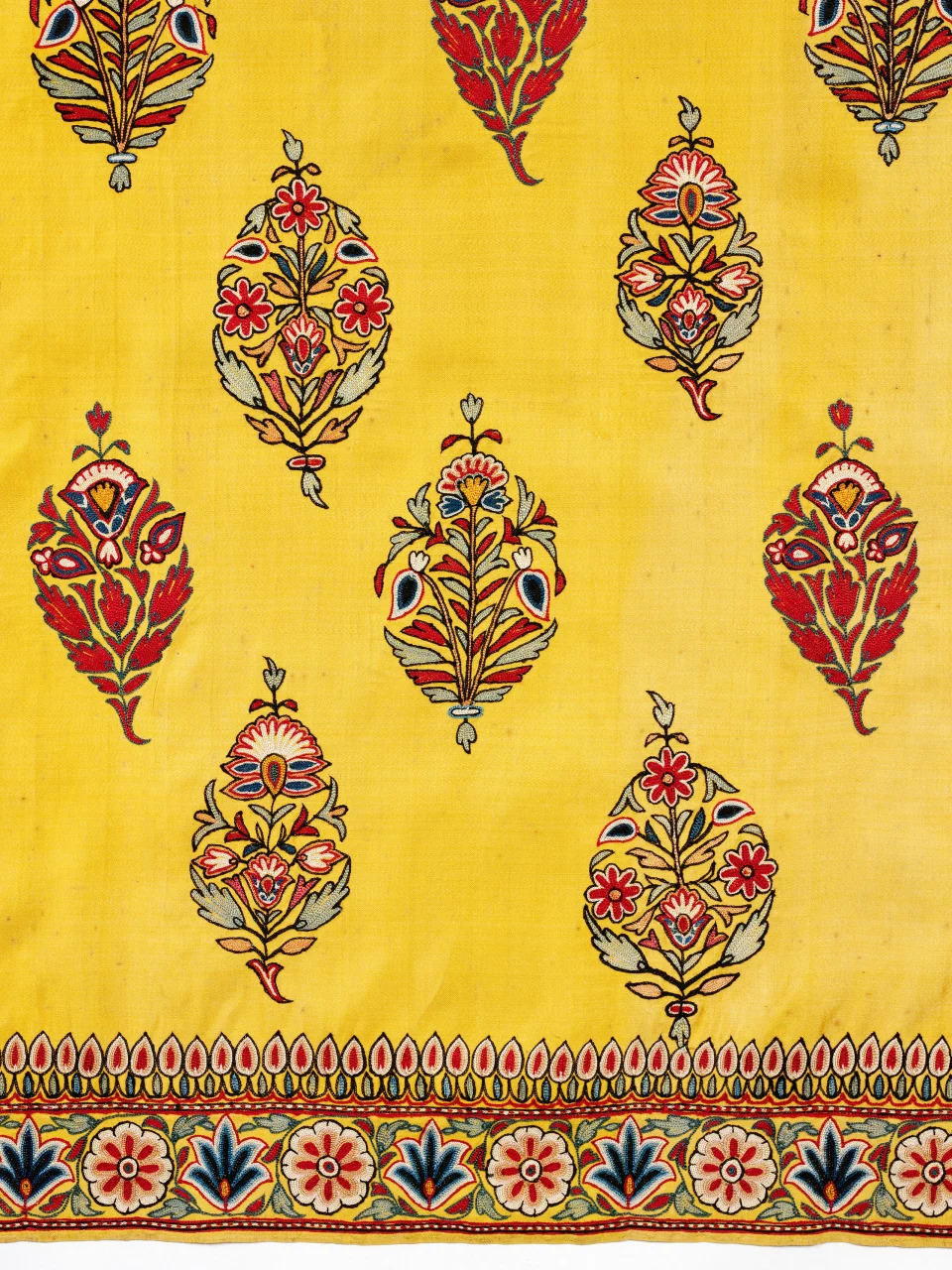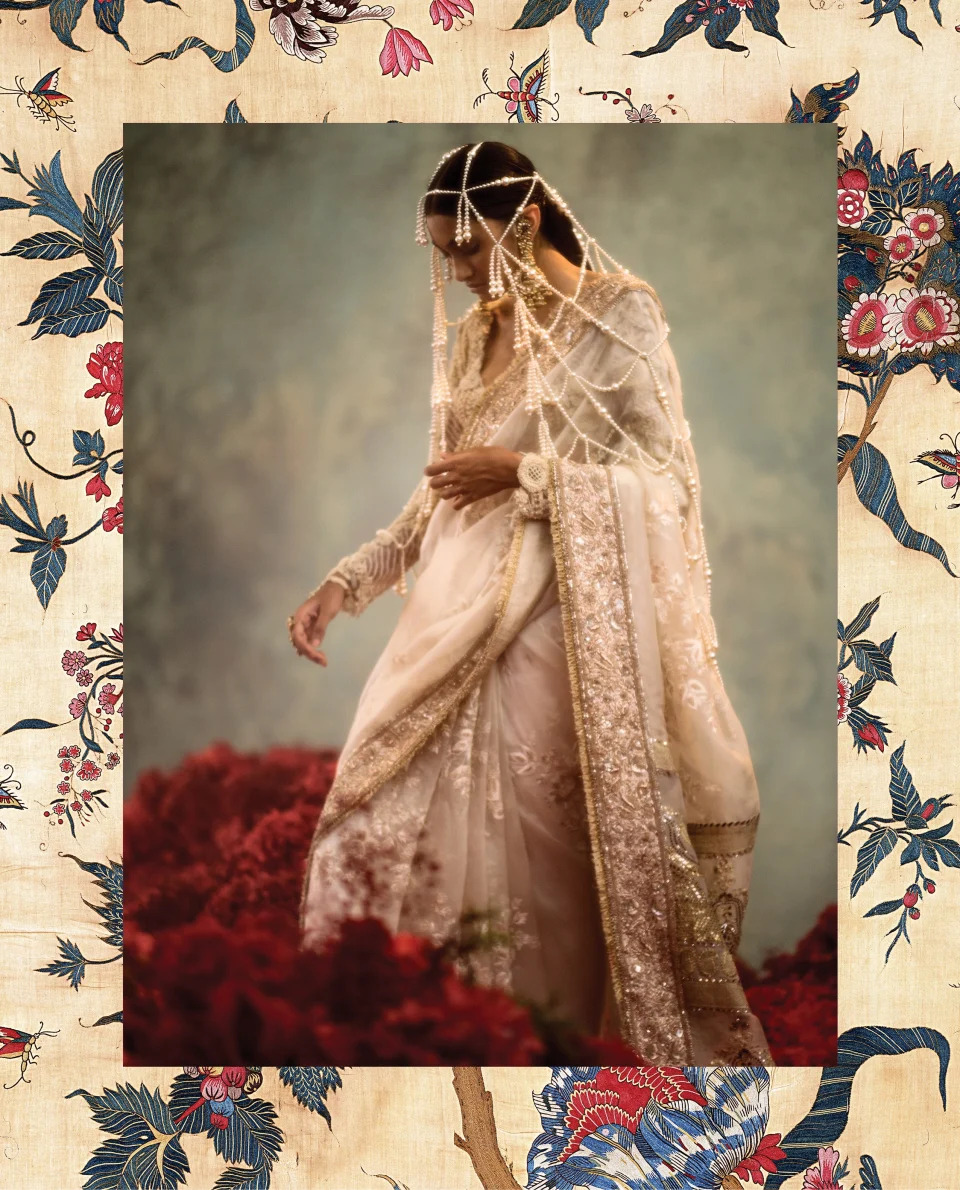Examine the Art and Craft of India
Beginning in the 17th century and continuing to this day, India’s impact on Western fashion has been a complicated and layered history of admiration, appropriation, exploitation, and celebration.” So writes Hamish Bowles, Vogue’s global editor at large and the editor in chief of The World of Interiors, in India in Fashion, a lavish new book due this month from Rizzoli, which he edited and contributed to alongside writers including Suzy Menkes, Priyanka R. Khanna, Avalon Fotheringham, and Alia Allana. “The treasury of India’s sartorial and textile traditions have provided inspiration that led to imitation at the court of Louis XVI and the couturiers of Jazz Age Paris, the sportswear designers of midcentury America, and the hippies of the Summer of Love,” he continues. Yet for all of that cultural cross-pollination, the role that Indian arts and crafts have played in shaping global aesthetics has not always received its due.

With examples ranging from Mughal Empire watercolors to Saint Laurent runway ensembles, India in Fashion is functionally a catalog for an exhibition of the same name, opening next month in Mumbai. But it is also a powerful adjustment of the lens through which Indian influence is sometimes seen: Curated by Bowles and designed by Patrick Kinmonth and architect Rooshad Shroff, the show tells an elaborate story of beauty and influence, spanning hundreds of years and thousands of miles. “We’re trying to trace something that is about imagination, creativity, and beauty, and how it’s taken up in different cultures,” explains Kinmonth.
“India in Fashion” will completely transform an expansive hall inside the brand-new Nita Mukesh Ambani Cultural Centre, devised as a world-class setting for the performing and visual arts. (A contemporary art exhibit, cocurated by gallerist Jeffrey Deitch and cultural theorist Ranjit Hoskote, and a performance conceived by director and playwright Feroz Abbas Khan will also help to inaugurate the NMACC.) “It’s a huge volume of space,” says Shroff, who is based in Mumbai; the scale allows for something “quite grand in terms of the architectural language,” he continues. Indeed, among the visual references for the show’s layout were London’s Great Exhibition of 1851 and the mesmerizing geometries of Indian stepwells.

Between “India in Fashion” and the NMACC at large, Indian creativity is being platformed in a virtually unprecedented way. “In spite of the history and lineage of the country, it still sometimes seems quite nascent in terms of the appreciation of the arts,” Shroff says. “With this center, I think we really want to bring about much more of an awareness of design, of art, of culture.” As Kinmonth describes one compelling dynamic in “India in Fashion”: “The inspiration comes, and then it’s interpreted, then it travels back to India, and then new generations of both Indian designers and Western designers get reinspired. It’s a fascinating mechanism, altogether.”
Originally Appeared on Vogue




